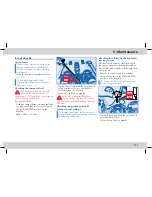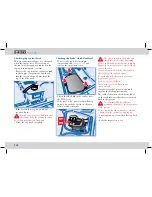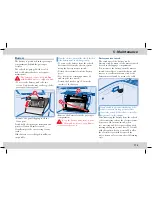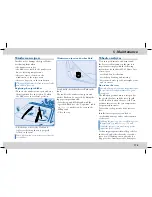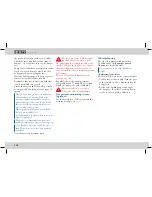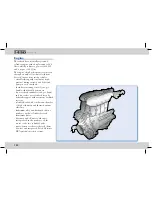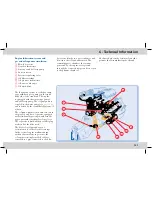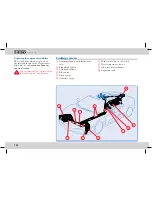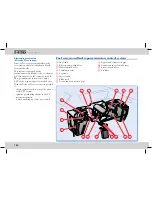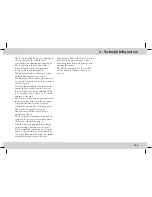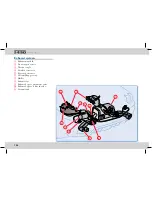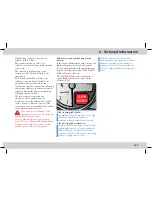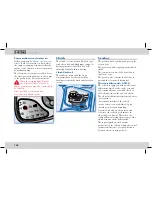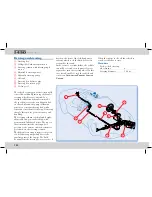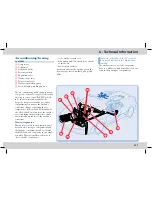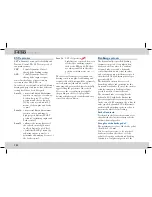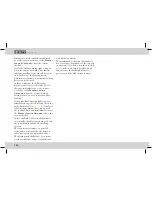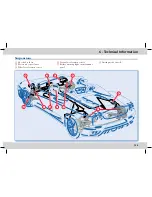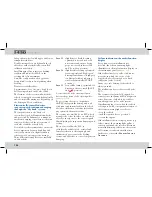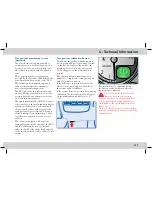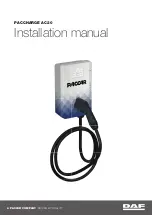
6 - Technical Information
123
The engine cooling system has a closed-
circuit with an expansion tank which
compensates the fluid volume and pressure
variations due to the engine warming up.
A filler neck with plug fitted with a valve
calibrated to 0.98 bar is installed at the top
of the tank.
Coolant circulation is activated by a
centrifugal pump (with bypass incorporated
in the thermostatic valve) coupled to the oil
pump unit (see
page 121
) and driven by the
crankshaft by means of a chain.
After cooling the engine, the coolant flows
to the thermostatic valve which starts
opening when the temperature reaches
85°C, thus sending the coolant to the
radiators.
The radiators are positioned on the front
of the vehicle in order to improve heat
exchange. The right-hand radiator is
installed in series with the air conditioning
system condenser. The cooling coil for the
hydraulic steering system is mounted on
the left-hand radiator.
Each radiator is fitted with an electric fan
to assist with the heat dissipation. The
radiators are connected in parallel and are
equipped with a duct that is connected to
the expansion tank for self-bleeding of the
system.
The pump is connected to the radiators by
means of lines running lengthwise under
the floor of the vehicle.
A twin contact switch for automatic
activation of the electric fan/s is installedon
the delivery pipe connecting the two
radiators, while the water temperature
sensor for the engine ECU is fitted on the
water pump upstream of the thermostatic
valve.
Replacing the coolant
The coolant must be replaced at the
intervals shown in the “Maintenance
Schedule” by an
Authorised Ferrari
Service Centre.
Ignition-Injection system
The system is composed of the following:
• two electronic control units
• two air flow meters
• engine status sensors (throttle angle,
RPM, timing, ignition, etc.);
• engine control and emission actuators
(electro-injectors, coils, solenoid valves,
etc.);
• peripheral functions connected with
engine operation.
The ECU regulates the quantity of fuel to
be delivered to the injectors and corrects
ignition timing to optimise engine efficiency
on the basis of the engine RPM and the
quantity of air taken in by the engine.
Each exhaust manifold is fitted with a
double linear (front) and non-linear (rear)
oxygen sensor.
Содержание F430 SPIDER
Страница 1: ...Owner s Manual ...
Страница 4: ......
Страница 6: ...6 ...
Страница 74: ...74 ...
Страница 142: ...142 ...
Страница 143: ...7 Table of contents 143 ...



